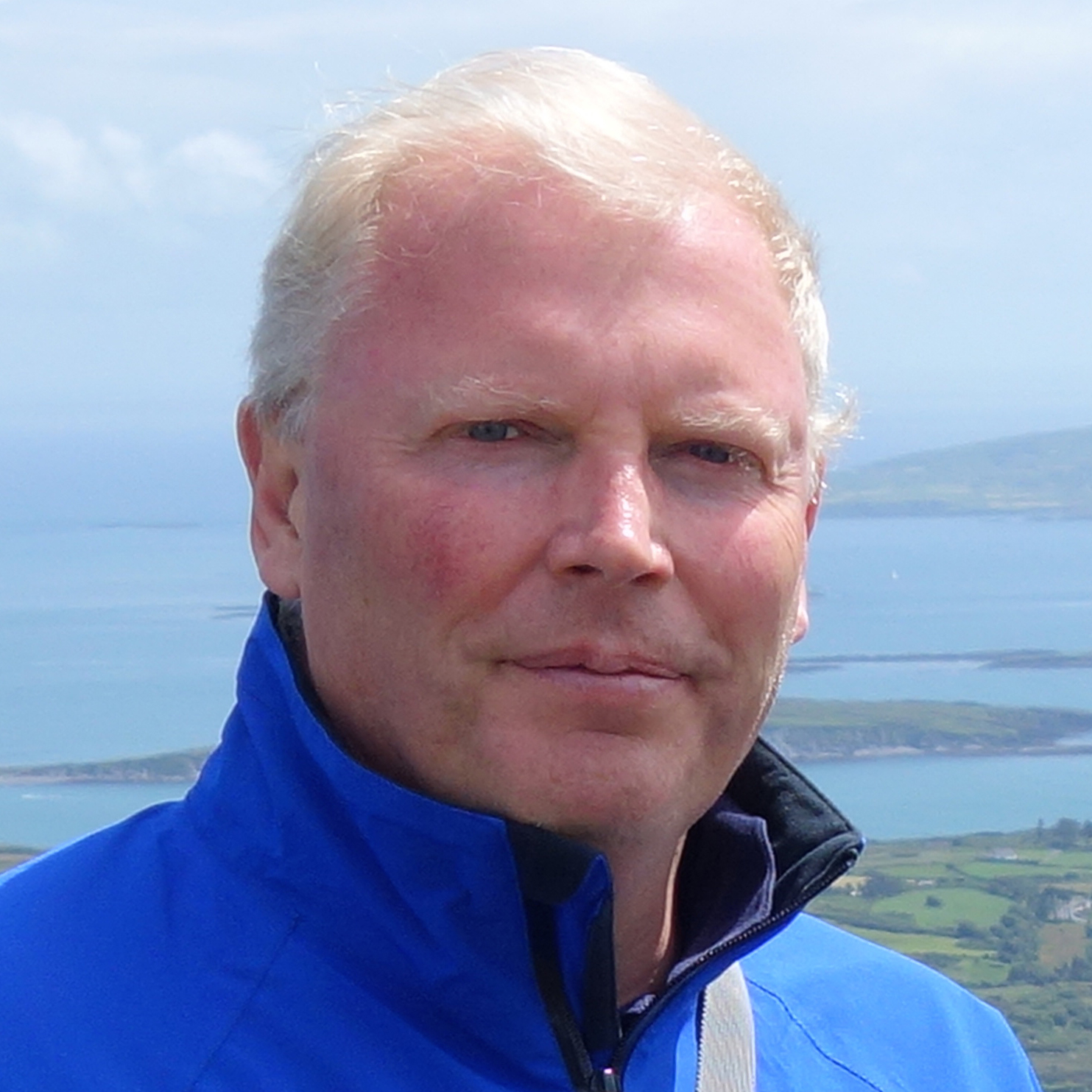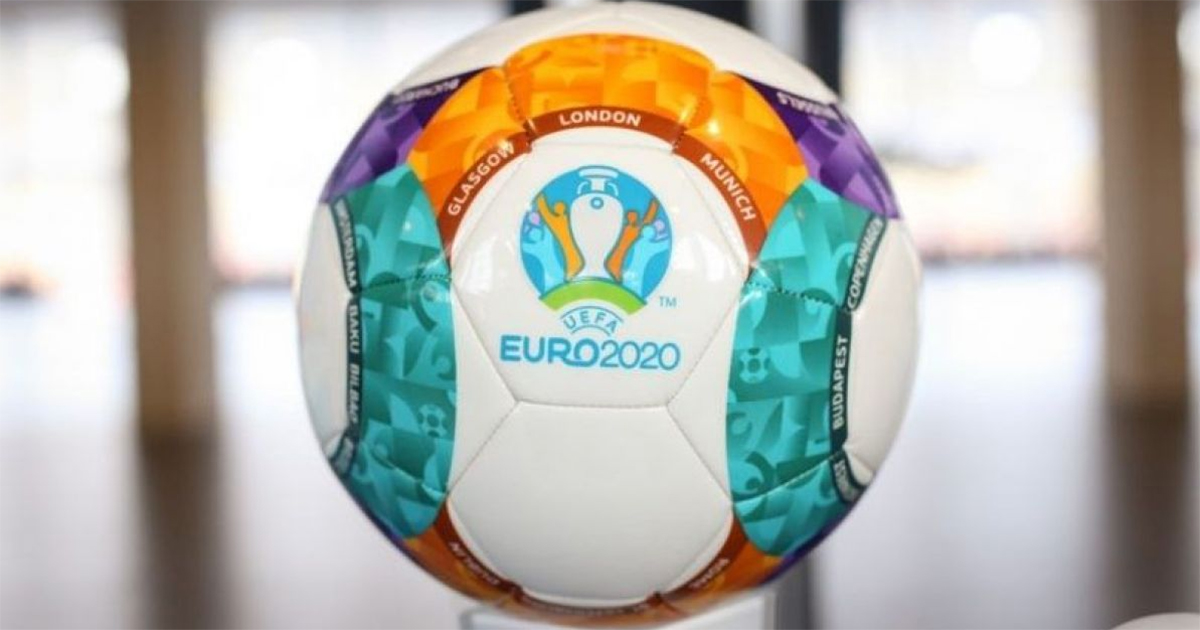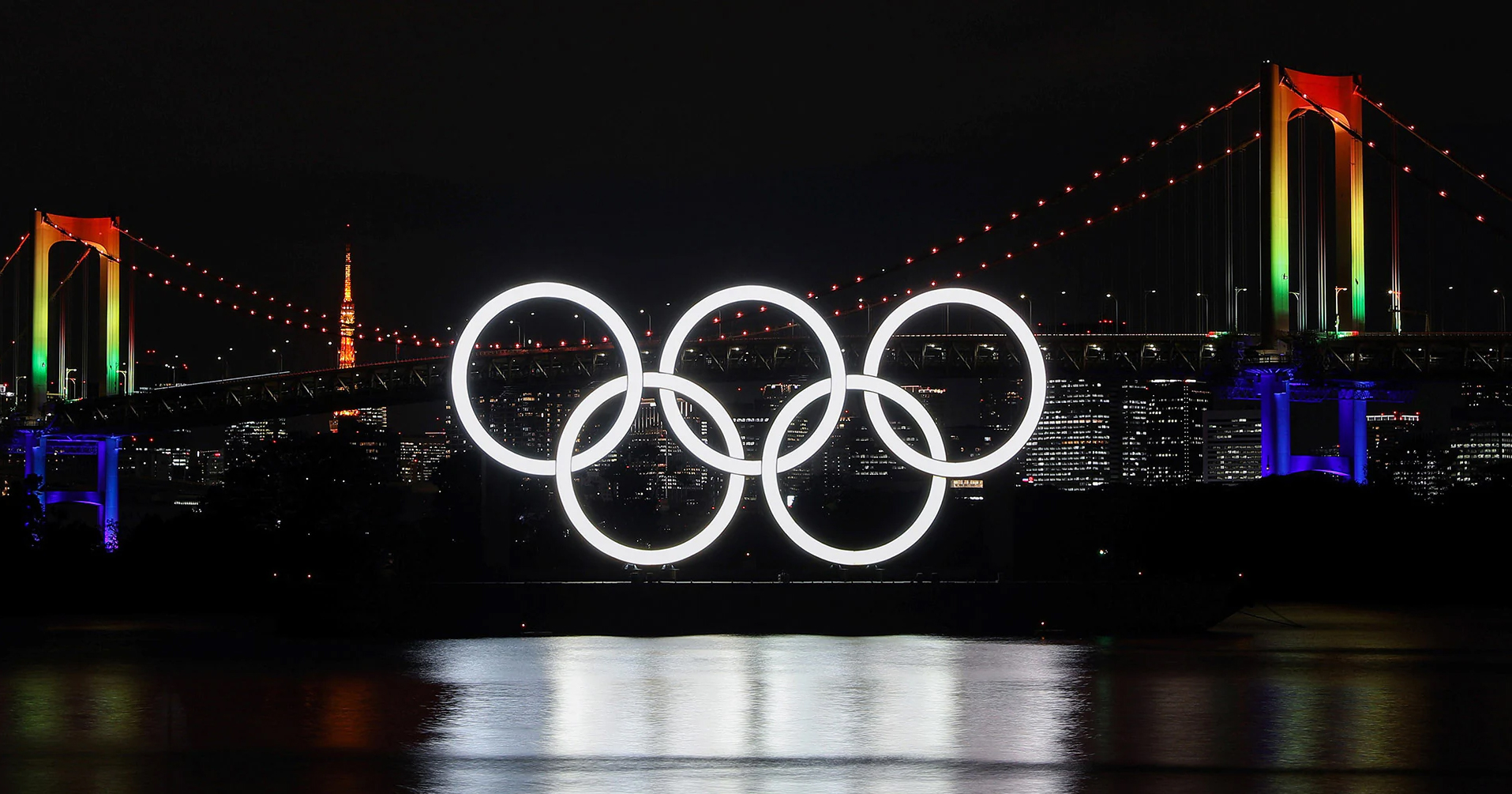
David Mazza is Senior VP and CTO of NBC Sports Group and NBC Olympics. “In 1996 at Atlanta we had about 170 hours of content that came out of the whole of the Olympics. For Tokyo we’ll have over 7,000 hours across all of the broadcast and cable platforms and all of the live streaming. So in just the first day, we’ll double or triple the entire content we had at the Olympics in 1996 — with roughly 400 hours of content per day.
“I like to say we’re responsible for anything that plugs in. We have to design and build the International Broadcast Center, which is about a 70,000 square-foot space in the Olympic City, and equip it with all sorts of electronics and television hardware, in order to base our coverage there.
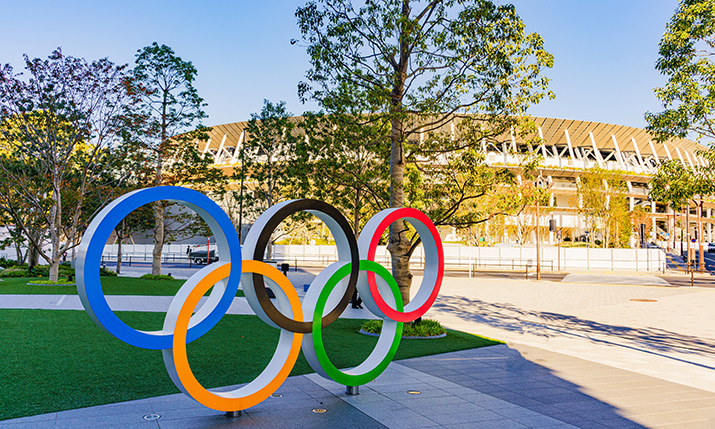
“Our whole goal is just to tell the story of the athletes. Now to do that we have a tremendous amount of hardware and complexity that goes into making those telecasts. We’re always trying to push the envelope in terms of technology, but only where it makes it better or more immersive for the audience,” said Mazza.
“In events like swimming and track, we will instrument the cameras to be able to show what the camera is pointing at so you can render the graphic on top of the camera properly in perspective. But the actual data of how fast the runner or swimmer is going or where they are, that’s just pattern recognition.
“So a very fast computer is looking at our camera feed and trying to decide, essentially, where the swimmer or runner is, and where they were a frame ago or one thirtieth of a second ago. And then we render that graphic onto that same camera.”
Glimpse into the Sound Design behind Olympic Games Coverage
Mazza was speaking on an NBC Olympic podcast titled “The Podium: Transformed by Tech – How the Olympics Stay Cutting Edge.” This is one of a series of podcasts exploring how every Olympics pushes the boundaries of sports technology, including the broadcasting magic that transports viewers from their couch right into the action.
Karl Malone, Director of Sound Design, NBC Universal, also featured on the NBC Olympics podcast. Malone provided an insight into how sound designers think about and plan to capture athletes and action at the Olympic Games — occasionally with just a little help from third-party augmented sources.

“One of the things in audio design that has changed over the years is just trying to get as close as possible to that athlete. Are we recreating it well enough that it can make you understand a little more about that sport?
“In reality, the sound design has to match what’s happening on the picture monitor, or on the TV. There are a lot of different types of audio we are involved with at the moment. We do a lot of Surround Sound and Immersive Audio and we put a lot of things behind us or even above us.
“The idea with sound design is we try to bring that into the home and make it appreciated by people who may or may not know the sport. If you are a skier and you’re watching downhill skiing at home on the couch, we really want to convey to that person what the conditions are like,” said Malone.
“For the Olympics, the most important thing about the sound coming out of the starting gun is first that it is in sync! So you’ve got to capture that sound immediately: as soon as you see the flash of light from the gun you need to hear the gunshot, so the capture is everything.
“And no matter what we do in audio, the microphone capturing that audio is the most important part. And then it may travel to a remote TV truck that’s in the venue. And from the truck it’s mixed and usually sent back to the International Broadcast Center, where all the world’s broadcasters will have their technical facilities.
“So we’ll take that gunshot through the truck, back to the IBC where there could be another control room that could be the primetime control room for NBC, and then from there that mix will be married to the video and I think it takes about six different backup paths back to the US, including undersea paths. From one of those six paths from the IBC it will end up normally in Denver, in Dry Creek, at our master control. That will basically put that gunshot, in that primetime show, straight to air.
“It’s certainly a long way to go, and a lot of fibre pieces: but we’re traveling at the speed of light so we’re talking milliseconds for that to get on air,” said Malone. “We don’t own these cables of course, but they are very strong multicore cables that have thousands of strands of fibre.
“For the Olympics we have a lot of smaller mics and radio mics and even shotgun mics to enable us to capture audio from a long way away. We’re always trying to tell the story, but we’re also always trying to give the listener the best seat in the house.
“Now we have a lot of smaller RF microphones and many are hidden. We’ve got microphones in the ground, underwater mics, mics underneath the ice, on people’s clothes. The athlete can hear the arrow leave the bow: but the people at home can hear that arrow fly through the air all the way until it hits the target, because we have microphones buried in the ground in a line the whole way to the target.
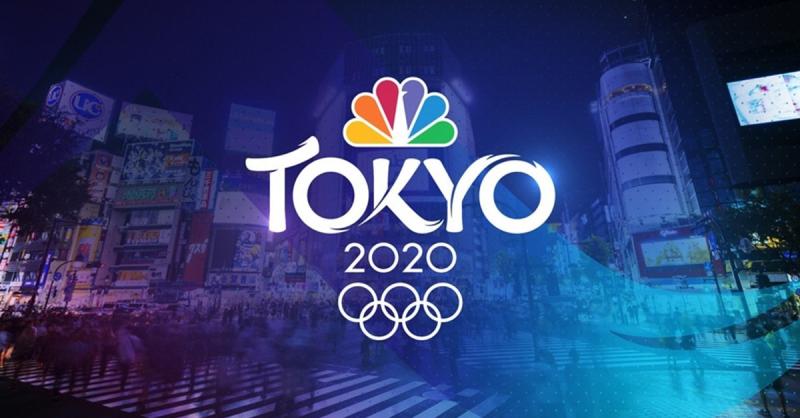
“I think that we’ve made things so remote to the athlete that they don’t really realize they are there. We do work with microphone manufacturers and they have developed specific microphones for sports like diving, basically picking up the vibrations of the water on the mic. We now have hundreds of mics — and to take the example of diving, I would say we now have 20 microphones on the diving board alone.
“Sometimes we need to sweeten the sound. For example in rowing, it’s very difficult for us to get the sound of the oars in the water. So it’s not unknown for us to have a track of the oars going in the water, which you can hear when the crew is pulling in the water along with the coxon giving orders and maybe the coach as well on the bike path,” said Malone.
“But to get the sound of the oars going through the water, a lot of times we’ll have to Foley that because it’s just not possible due to the amount of noise and creaking and things like that in a boat. But, these are things that you would never notice, until you knew about them!”
NBCUniversal to Present Unprecedented 7,000 Hours of Programming
NBCUniversal is planning to present 7,000 hours of coverage of the Tokyo Olympics this summer by utilizing two broadcast networks, six cable networks, and multiple digital platforms, serving both English- and Spanish-language viewers, making it “the biggest media event ever.” The Games of the XXXII Olympiad will take place July 23-August 8, 2021, in Tokyo, Japan.
For the first time ever, NBC Olympics will provide live coverage of the NBC broadcast network’s Olympics primetime show in certain markets in 4K UHD, along with High Dynamic Range (HDR) and Dolby ATMOS sound. NBC’s primetime coverage of the Opening and Closing Ceremonies will also be presented in 4K HDR.
In addition, live competition coverage of all Tokyo Olympic programming on GOLF Channel and Olympic Channel: Home of Team USA will be made available in 4K HDR throughout the Games, bringing viewers closer to the athletes, venues and Japanese landscape than ever before. Events which will be featured in 4K HDR during this summer’s Games include gymnastics, track & field, swimming, diving, beach volleyball, golf, tennis and other sports.
The NBC broadcast network will once again be the backbone of NBCUniversal’s coverage, providing 17 consecutive nights of primetime coverage and 250 hours of the biggest stories of the Games. Similar to the Olympic Winter Games in PyeongChang in 2018, NBC will broadcast its primetime show live across all time zones with continuing coverage on Prime Plus (formerly the late-night show) following late local news. Prime West will also return for viewers in the Pacific time zone.
Five English-language NBCUniversal cable networks — USA Network, CNBC, NBCSN, Olympic Channel: Home of Team USA, and GOLF Channel — will present 1,300+ hours of Tokyo Olympics coverage this summer. NBC Sports Digital will stream more than 5,500 hours of the Tokyo Olympics on com and the NBC Sports app, via authentication, including all 41 sports and 339 medal events on the Tokyo program, plus the Opening and Closing Ceremonies, medal ceremonies, and more.
Telemundo Deportes, the exclusive Spanish-language home of the Olympic Games in the US, will present the most extensive Olympic coverage ever in Spanish-language media focusing on those stories and disciplines that are relevant to the US Hispanic audience, with over 300 hours of programming across Telemundo and Universo.
“Our whole goal is just to tell the story of the athletes. Now to do that we have a tremendous amount of hardware and complexity that goes into making those telecasts.”
— David Mazza
NBCU will introduce the new sports and events that are debuting in Tokyo: skateboarding, 3×3 basketball, BMX freestyle, surfing, sport climbing, and karate, as well as the return of softball and baseball. USA Network’s coverage kicks off with a blockbuster women’s soccer matchup at 4 a.m. ET on Wednesday, July 21 — two days before the Opening Ceremony — as Team USA takes on Sweden. The US are the defending World Cup champions and ranked #1 in the world, but Sweden, currently ranked #5, eliminated the US in the quarterfinal round at the Rio Olympics in 2016.
This will be NBCUniversal’s 11th consecutive Olympics presentation and ninth consecutive Summer Games, both records for a US media company. NBC’s first-ever coverage of an Olympic Games was for the Tokyo Olympics in 1964.
NBC Olympics Unveils Massive Coverage Plan with Tech Partners
NBC Olympics has selected Amagi to provide UHD playout with cloud automation for its production of the Games of the XXXII Olympiad, specifically on Olympic Channel. As part of the agreement, Amagi will deploy its cloud playout platform, Amagi CLOUDPORT, and live sports/news automation solution, Amagi LIVE, to create Olympic Channel’s live coverage in UHD. With HEVC playout and mezzanine quality UHD encoding, Amagi CLOUDPORT architecture creates a new benchmark for video transmission over IP, according to the company.
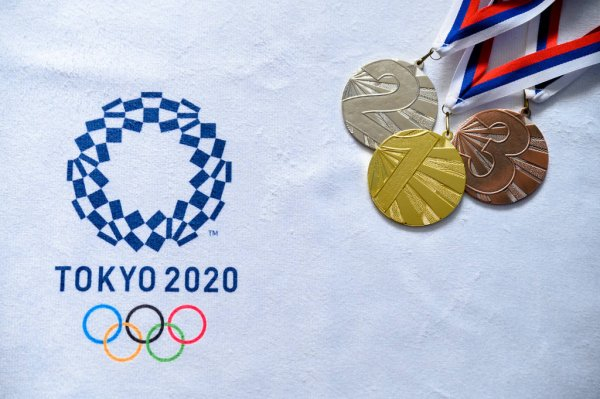
Avid has been chosen by NBC Olympics to provide the content production and media management platform tools and solutions for its production of the Tokyo Olympic Games this summer. Building on their most recent success with platform-based media management workflows for the 2018 Olympic Winter Games in PyeongChang, NBC Olympics continues to use Avid’s MediaCentral systems for the Tokyo Olympics. To support expanded Olympic production from NBC Sports’ facility in Stamford, Connecticut, NBC Olympics will deploy Avid’s MediaCentral solutions to drive Tokyo-based remote and on-site workflows that will generate content for linear, OTT and social media platforms serving audiences in the US.
The broadcaster is also using Avid Nexis shared storage, Media Composer Ultimate and the Media Composer Cloud VM option in multiple international locations, including editors based in Stamford, the International Broadcast Centre in Tokyo and numerous Olympic venues, to connect and collaborate in real-time for content production and delivery.
Calrec is providing a mix of Artemis and Brio consoles as well as six RP1 remote broadcast mixing systems to expand NBC Olympics’ coverage over a wider number of events while maintaining the same high quality. RP1 helps to reduce production costs and increase content output.
In total, there will be six Calrec Artemis consoles in NBC Sports’ International Broadcast Center in Stamford, Conn., with a 64 fader Artemis and a Brio console in the Main Control Room in Tokyo. Also in Tokyo is a 32 fader Artemis Beam handling the audio in the 4K control room for “immersive” audio broadcasts, and two 40 fader Artemis consoles used in NBC Olympics’ fly packs for ‘immersive’ beach volleyball and golf production. There will be full IP routing in the IBC so all Calrec consoles will have AoIP interfaces connecting a variety of fixed format and modular Hydra2 IO to an IP router.

For the remote production workflow, six RP1 units will connect NBC Olympics studios in the IBC with Stamford control rooms, as well as two studios on site in Tokyo, basketball and volleyball venues to their home control rooms. Two Brio consoles are also in use at the downtown studios splitting the audio for redundancy between RP1 and Brio.
Chyron is supporting NBC Olympics’ remote production workflow with Lyric X, a 4K-ready solution for graphics creation and playout. Lyric systems will be used at NBC Sports’ International Broadcast Center, to enable an agile workflow for adapting graphics and getting them to air quickly. Additional Lyric systems will be deployed in a dedicated control room in Tokyo to support flexible graphics creation and playout for a select group of events.
Deployed in Tokyo for in-studio use, Chyron’s PRIME Video Walls solution will enable NBC Olympics to deliver visual presentations on various individual displays, or across a monitor wall. A single PRIME system will feed high resolution graphics and video content to various screens, regardless of size or aspect ratio. Powerful data-binding to scene elements will simplify data visualization.
NBC Olympics has selected Dell Technologies to provide high performance storage systems for its production of the Games. NBC Olympics has deployed the Dell EMC PowerScale family of storage systems to digitally store video content captured in Tokyo for sharing with viewers in the United States. PowerScale is storing and managing petabytes of data — the equivalent of millions of gigabytes — across two NBC Olympics production locations in Japan and one remotely at its headquarters in the United States.
NBC Olympics has chosen EVS’ XT-VIA servers for 1080p UHD HDR production on-site in its Tokyo and Stamford broadcast centers and other venues for the Olympic Games in Tokyo this summer. With over three times the internal bandwidth of the flagship XT3 server, the XT-VIA provides 12-plus channels of 1080p and six or more channels of UHD-4K in both SDR and HDR, with a performance level that answers the high demands of NBC Olympics’ production.
Grass Valley has delivered a range of open standards-based IP systems for the Tokyo Olympics, aimed at driving efficiency within NBC Olympics’ studios inside the International Broadcast Center in Tokyo. Grass Valley IP infrastructure will support processing of live video and audio feeds — both from studios and remote event venues — ready for delivery to the broadcaster’s production and editing control rooms ahead of live broadcasts. NBC Olympics will deploy Grass Valley’s IP Media infrastructure at the Tokyo IBC, leveraging control of a Cisco spine and leaf switching topology through the GV Orbit NMOS-compliant router control and configuration system.
Video contribution and distribution solutions from MediaKind have been chosen by NBC Olympics for its production of the Tokyo Games. MediaKind will provide a range of its video processing and advanced modular receiver technologies to support NBC Olympics’ video distribution to millions of viewers. MediaKind engineers will also provide assistance through the installation of equipment and system set-up. They will also be present on-site 24/7 to offer multi-site support throughout the event.
NEP Group has been selected to provide mobile broadcasting, engineering consultation and technical support for NBC Olympics’ production of the Games. NEP will provide outside broadcast units Supershooter 8, ST1 and ND6, as well as associated services, gear and technical support, for live coverage of the Opening Ceremony at Tokyo’s Olympic Stadium, as well as athletics, swimming and diving events throughout the Games. NEP’s US Broadcast Services and US Specialty Capture divisions will send an extensive team of engineering, technical, operations, logistics and project management specialists to support NBC Olympics’ production of the Olympic Summer Games from Tokyo.
NBC Olympics has selected Ross Video to provide an Augmented Reality graphics solution for its production of the Games. Rocket Surgery, Ross Video’s in-house creative and professional services division, will be providing Voyager, the latest generation graphics rendering solution (based on the Unreal 4 engine from Epic Games) along with production crew to integrate the graphic elements designed by the NBC Olympics graphics team and operate the technology on the air.
RTS has been chosen to provide broadcast intercom systems and support. “RTS has been NBC Olympics’ broadcast intercom partner of choice for over 25 years,” said Denis Castanet, Director Global Product Management for RTS. “We are proud to continue playing a key role in their coverage of the Tokyo Olympics.
“We are equally honored to have supported the NBC Olympics production team on their transition from analog to IP, which has enabled all their local and global locations to act as a single virtual location, thanks to our RTS Trunking solutions. The installation for NBC Olympics’ coverage of the Tokyo Olympics will be full IP, comprising over 600 ports and leveraging two RTS technologies: OMNEO high-quality audio for local communication and RVON for international comms,” said Castanet.
Signiant will provide its file transfer software to NBC Olympics for the Tokyo Olympics production. With Signiant’s software, NBC Olympics will be able to move petabytes of footage from Tokyo to its International Broadcast Center in Stamford, Connecticut, immediately after capture. Signiant’s patented network optimization technology will enable them to transfer the footage over standard IP networks, “eliminating latency and packet loss.” In this way, editors located in Stamford will be able to start creating highlights “almost immediately” while the action unfolds thousands of miles away.
“It’s certainly a long way to go, and a lot of fibre pieces: but we’re traveling at the speed of light so we’re talking milliseconds for that to get on air.”
— Karl Malone
NBC Olympics’ crews will use nearly 100 Sony cameras to capture footage at event venues and record athlete interviews, press conferences and other assignments that require studio and portable recording and capture. A selection of Sony cameras, including the HDC-3500, will be used for IP-enabled transmission, while the rest will operate in SDI. The camera roster also features Sony’s HDC-5500 and HDC-3500 4K/HDR, high-frame rate studio cameras for slow-motion replay footage, along with XDCAM camcorders including the PXW-Z750, PXW-Z450, PXW-X400 and PXW-Z280.
NBC Olympics will also use several of Sony’s production switcher models — including the XVS-9000 4K/3G/HD IP-ready switcher and the XVS-8000 and XVS-6000 4K/3G/HD video switchers designed for IP- and SDI-based production. Many of the switchers will be used in an IP-based environment and several will be designated for 1080p HDR production.
TAG Video Systems will provide NBC Olympics with an integrated software-based IP probing, monitoring and multiviewer solution to monitor MPEG transport streams originating in Tokyo, which are then logged, categorized and archived in NBC Sports’ International Broadcast Center. The system will run on COTS servers and give NBC Olympics the ability to view metrics and evaluate the health of the signals every step of the way. It will also allow NBC Olympics the flexibility to custom configure the broadcasts on its multiviewers to fit any desired scenario.
Telestream will provide media capture and automated processing workflows for the NBC Olympics production. Telestream’s Lightspeed Live Capture and Vantage media processing platform will be used to perform a mixed HDR and SDR workflow. This workflow will save significant time and enable editing teams to work on both the SDR and HDR products during the editorial process simultaneously.
The Lightspeed Live Capture systems will receive 1080p59.94 HDR signals from the events and create media simultaneously to two different formats. As the 1080p59.94 HDR is recorded in XAVC Class 100 HDR (Hybrid Log Gamma or HLG) format, Telestream’s Vantage software, running on an array of Lightspeed G6 servers will process the media as it’s growing. SDR versions will be created in XDCAMHD 422 at 1080i59.94.
Xytech’s software and services have been chosen to orchestrate the logistics of people, equipment, locations and transmission feeds for this summer’s Games. NBC Olympics plans to use Xytech’s SheduALL software-based optimization solution to optimize transmission during the Tokyo Games.

